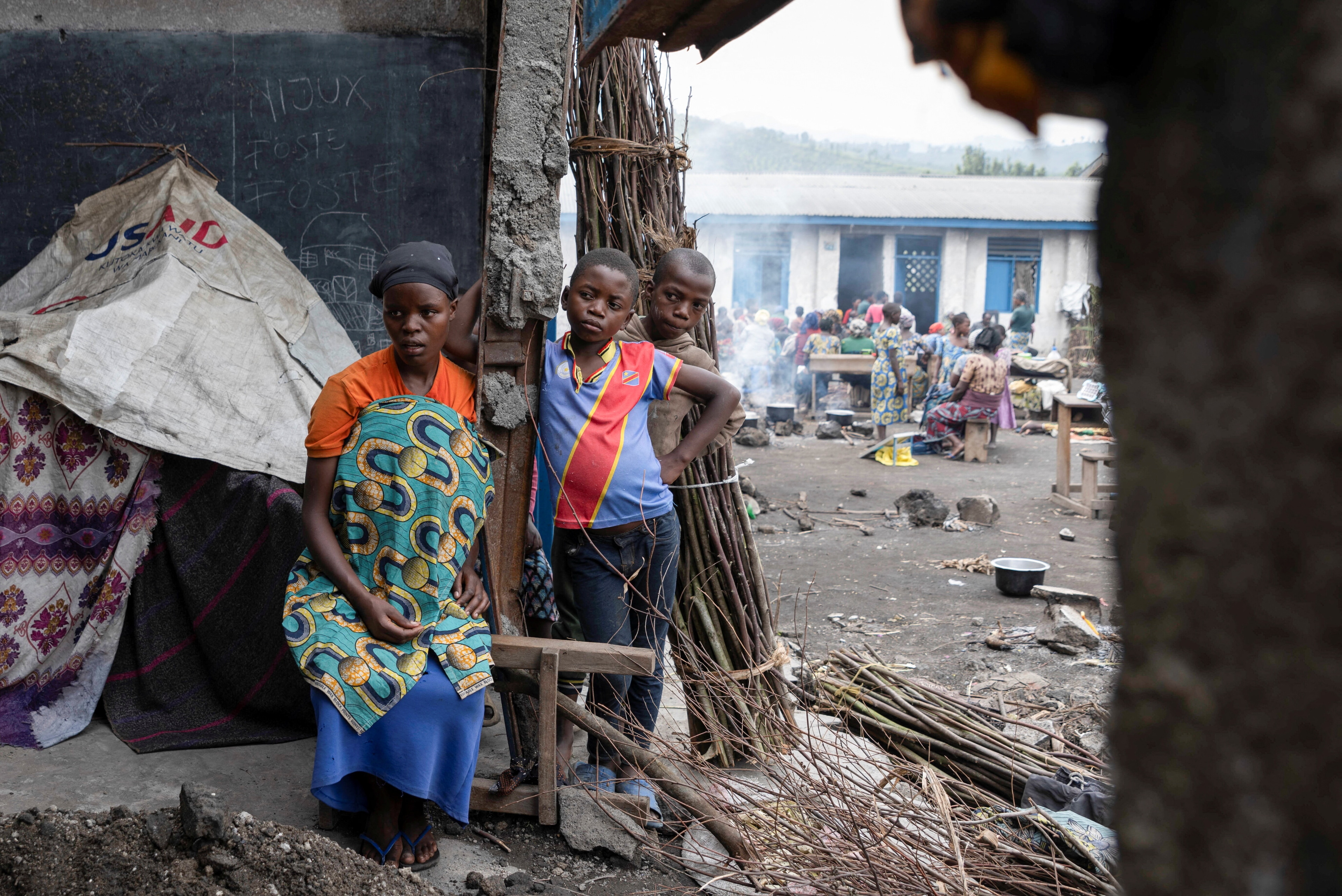A year of global terrorism, captured in one map

Some countries are experiencing record levels of terrorism
Image: REUTERS/Ahmed Jadallah
Stay up to date:
International Security
Global security and terrorism are key discussion points at this year's World Economic Forum Annual Meeting. Watch the the Global Security Outlook and Terrorism in the Digital Age sessions for more information.
The modern face of terrorism is changing. In 2015, there was a 10% fall in the number of deaths attributed to terrorist incidents, the first time this number has shown a decline since 2010.
Yet the overall score on the index has gone up by 6%. That’s because some countries are experiencing record levels of terrorism, including those in the developed world.
Since 2013, the Institute of Economics and Peace has been producing a Global Terrorism Index, a comprehensive summary of the key global trends and patterns in terrorism over the past 16 years.
This year's report – it's fourth edition – shows that, in 2015, developed countries felt the impact of terrorism more than ever before.
This map shows the areas where terrorist activity is at its highest. The darker the red, the more terrorist activity.

The world’s most developed countries have suffered a 650% increase in deaths as a result of terrorism in the past year, rising to 577 deaths, from 77 in 2014.
Twenty-one of the 34 OECD countries experienced at least one terrorist attack, with the majority of deaths occurring in Turkey and France. Denmark, France, Germany, Sweden and Turkey all recorded the most deaths from terrorism in a single year since 2000.

More than half of the 577 deaths were connected to ISIS. The group’s attacks in Paris, Brussels and Ankara were among the most devastating in the history of these countries.
The dramatic rise is despite a drop in the global number of terrorism-related deaths. The total number of deaths decreased by 10%, the first decline since 2010.
Terror attacks are happening in developed countries partly because two of the world's most deadly terrorist groups – Boko Haram and ISIS – have been expanding activities in other states and regions.
There were 18 deaths caused by ISIS-affiliated attacks in the OECD in 2014. This number increased significantly in 2015, to 313 deaths from 67 attacks.
Military interventions in Iraq and Nigeria, where ISIS and Boko Haram have mainly operated, have resulted in a 32% reduction in deaths there.

However, the two groups have since spread terror to neighbouring states and regions – including the OECD – increasing the impact of terrorism in the rest of the world. The number of countries in which ISIS has carried out attacks has more than doubled, from 13 in 2014 to 28 in 2015.
The report says that terrorism is more likely to occur in OECD member countries with poorer performance on socio-economic factors such as opportunities for youth, belief in the electoral system, levels of criminality and access to weapons.
Terrorist activity is highly complex, says the report. Even though 76 countries improved their GTI scores, compared to 53 that worsened, the overall GTI score went down by 6%.
Though the index identifies 274 distinct terrorist groups around the world, four groups – ISIS, Boko Haram, al-Qaeda and the Taliban – were responsible for 75% of all terror-related deaths.
The index shows that ISIS is now officially the deadliest terrorist group in the world, overtaking Boko Haram, after claiming responsibility for 6,141 deaths through attacks in more than 250 different cities in 2015.
The global economic impact of terrorism in 2015 was more or less the same as the year before, costing the global economy $89.6 billion. That pales in comparison, however, when you look at the global economic impact of violence as a whole, which reached $13.6 trillion in 2015.
In addition, in areas where there is intense ongoing conflict, the effect on the economy is much worse. The cost of terrorism to the Iraqi economy is equivalent to 17% of its GDP in 2015.
Tourism’s contribution to GDP is twice as large in countries with no terrorist attacks compared to countries with attacks.
The five countries with the highest impact from terrorism as measured by the GTI are Iraq, Afghanistan, Nigeria, Pakistan and Syria. These five countries accounted for 72% of all deaths from terrorism in 2015.

Of the past 16 years, the worst year for terrorism was 2014, when 93 countries experienced an attack and 32,765 people were killed.
Steve Killelea, Executive Chairman of IEP, said in a press release: “This year's GTI report highlights the most complex set of dynamics in global terrorism in the past 16 years. While on the one hand the reduction in deaths is positive, the continued intensification of terrorism in some countries and its spread to new ones is a cause for serious concern and underscores the fluid nature of modern terrorist activity.
“The attacks in the heartland of Western democracies underscore the need for fast paced and tailored responses to the evolution of these organizations.”
Don't miss any update on this topic
Create a free account and access your personalized content collection with our latest publications and analyses.
License and Republishing
World Economic Forum articles may be republished in accordance with the Creative Commons Attribution-NonCommercial-NoDerivatives 4.0 International Public License, and in accordance with our Terms of Use.
The views expressed in this article are those of the author alone and not the World Economic Forum.
Related topics:
Forum Stories newsletter
Bringing you weekly curated insights and analysis on the global issues that matter.
More on Global CooperationSee all
Mirek Dušek
July 18, 2025
Juan Caballero and Ana Sampaio
July 18, 2025
Robert Piper
July 17, 2025
Lisa Satolli
July 17, 2025
William Dixon
July 16, 2025
Danny Rimer
July 14, 2025





